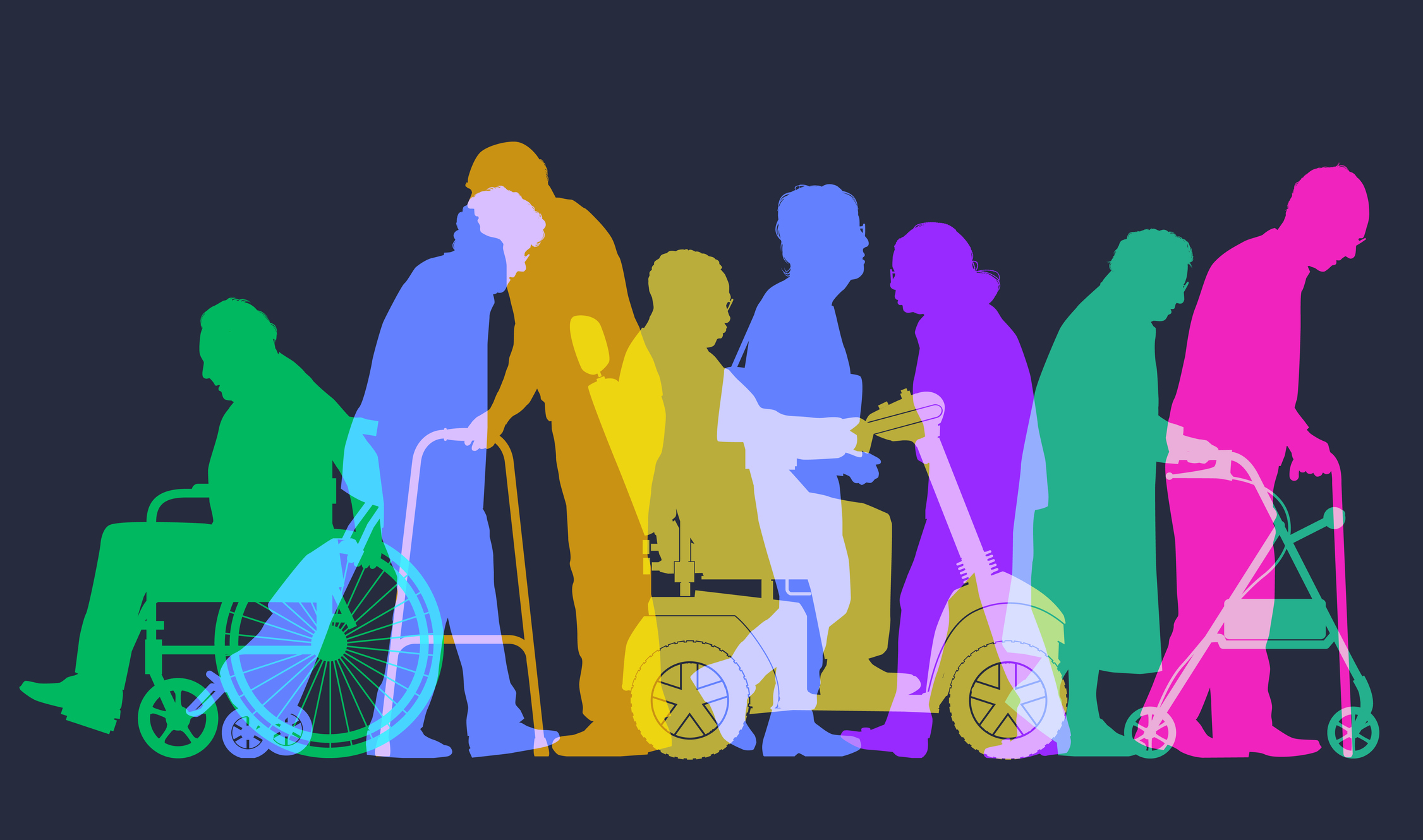
It’s a startling projection that conveys an astonishing new American reality: One in every two five-year-olds alive right now will live to 100. That’s according to researchers at Stanford University’s Center on Longevity, who believe a century-long life expectancy will be the norm for all newborns by 2050—less than three decades from now.
Not to mention, more than kindergarteners can anticipate a triple-digit life span. Propelled by aging baby boomers and continued medical advances, the number of centenarians worldwide is expected to increase eightfold. Twenty-five years from now, there will be 3.7 million of us aged 100 or older—roughly equivalent to everyone now living in Connecticut or Los Angeles.
[time-brightcove not-tgx=”true”]The United Nations declares this a “longevity revolution,” and it’s going to challenge everything we thought we knew about health care, personal finance, retirement, politics, and more. If we get it right, our 100-year lives will hold the potential for far more brightness than bleakness. Imagine an extra decade or two (or more) to continue creating and contributing—think 101-year-old television producer Norman Lear or 102-year-old fashion icon Iris Apfel—or simply enjoying an extra 20 or 30 vibrant years spent in the company of those we love the most.
Revolutions, though, are unpredictable. In our mutiny against mortality, there will be winners and losers, triumph and tragedy—and our action or inaction today will determine the quality of all those bonus tomorrows.
Read More: Believing Myths About Aging Makes Growing Old Worse
First things first: We must do everything in our power to close the unthinkable racial and ethnic gaps in longevity. White Americans live about six years longer than Black Americans, and they account for more than eight in 10 centenarians in this country—a glaring inequity we must address. We can start by lifting communities of color out of poverty, ensuring they have equal access to quality health care, and improving outcomes for Black mothers and infants, who die in childbirth at disproportionately higher rates.
But there’s also another troubling question for anyone contemplating a 100-year life: Where will we find the cash to pay a century’s worth of bills? Too many of us begin preparing for retirement in our 50s when we need to start in our 20s and 30s. That’s especially true in a world now largely devoid of pensions and driven by a growing gig economy. The median amount of money Americans have stashed away for when they stop working is a woefully insufficient $30,000. Already, 40% of those aged 65 and older rely solely on Social Security, which is projected to start running out of money a decade from now if Congress doesn’t act by raising the retirement age, increasing payroll taxes, lowering benefits or doing some combination of those things. Ignoring all this risks ushering in a grim new age of elder poverty on a scale we’ve never seen.
Who’s going to take care of us when we’re 100? Medicare doesn’t pay for long-term care; private care insurance is expensive; and assisted living facilities can run as high as $8,000 a month. On top of that, we face a chronic shortage of caregivers. One solution: sensible immigration reform to bring in skilled newcomers who can help with home health care and understaffed nursing homes, if we can overcome our xenophobia to enact it. In fact, we must, warns Ai-jen Poo, president of the National Domestic Workers Alliance. “There is actually no way to meet the demands of care without a strong immigrant workforce,” she says.
An equally daunting challenge we’ll face at 100: Making sure we don’t wind up all alone. Loneliness theoretically may ease when we eventually hit the stage of our longevity evolution where large numbers of us are reaching 100 together. But we’re not there yet, leaving millions of seniors to languish in solitude. U.S. Surgeon General Vivek Murthy has proclaimed loneliness a public health crisis, and the National Institute on Aging says the health effects of prolonged social isolation are like smoking 15 cigarettes a day. As we hurtle collectively into our super-aging future, we’re going to need to connect with one another—physically, socially, and emotionally—like never before.
And because our youth-obsessed society still values youngsters over elders, we’ll have to contend with rampant and growing ageism. The University of Michigan’s National Poll on Healthy Aging found eight in 10 people 65 and older complain they’ve experienced ageism, something the World Health Organization says is damaging to our health and well-being. Australia offers an elegant solution with its innovative Centenarian Portrait Project: High school artists are paired with 100-year-olds, and they get to appreciate one another as the teens paint or sketch the elders. It’s simple, inspired, and beautiful.
By now, you’re probably wondering whether living to 100 is worth it. If so, take heart: Everything that’s wrong is fixable. And there’s encouraging news on the mental health front even beyond researchers making headway on treatments for Alzheimer’s and other dementia—the scenario we fear the most as we age. A 2021 study by the Amsterdam University Medical Centers of 340 Dutch centenarians living independently found they suffered no serious decline in memory or other brain function and performed at a high level on tests—and some were as old as 108. “Cognitive impairment is not inevitable at extreme ages,” the researchers concluded.
Herlda Senhouse is like that. Adroit and quick-witted at 112, the Massachusetts supercentenarian cracks jokes, discusses politics, dines out with friends, plays the slots at a local casino, and attends church, getting around with a walker she teasingly calls her Cadillac. When I fumbled for my glasses while speaking to her, I suddenly realized she doesn’t wear any herself, and she’s got 40 years on me.
“I’ve had a journey I never thought I’d ever have,” she says.
Will we join her? Our chances have never been better.
Want more fresh perspectives? Sign up for TIME POV, our opinion newsletter

Post A Comment:
0 comments: